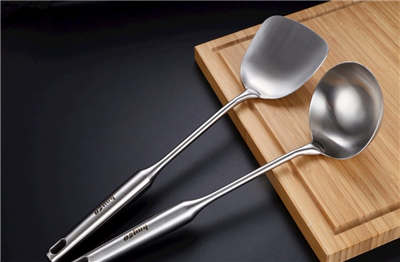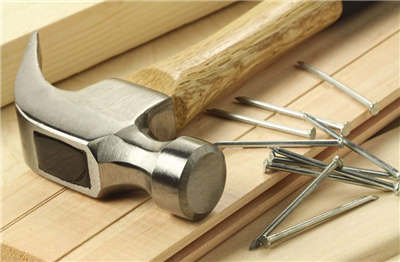设备精度英文缩写 The Importance of Equipment Precision and Its Abbreviations
Equipment precision plays a vital role in various industries, ensuring high-quality product output and minimizing errors. To discuss this crucial aspect of equipment, it is important to understand and recognize the abbreviations commonly used to describe precision levels. In this article, we will explore the significance of equipment precision and familiarize ourselves with the frequently used English abbreviations.
What is Equipment Precision?

Equipment precision refers to the ability of a device or instrument to provide accurate and consistent measurements or results. It indicates the degree of reliability and repeatability of a system, which is essential for manufacturing processes, scientific experiments, medical diagnostics, and many other fields.
The Importance of Equipment Precision:
Precise equipment ensures that products meet the specified standards, resulting in customer satisfaction and loyalty. It reduces rework, lowers production costs, and helps to maintain a company's reputation for delivering high-quality goods.

The accuracy and reliability of equipment also have a significant impact on scientific research and experimental studies. Precise measurements lead to accurate data collection and analysis, enabling researchers to draw reliable conclusions and make informed decisions.
In the medical field, equipment precision is critical for diagnosing diseases, monitoring patients, and administering treatments. It ensures that healthcare professionals have accurate information to provide appropriate care and improves patient outcomes.

Commonly Used Abbreviations:
1. UPL: Ultra-Precision Level
2. HP: High Precision
3. MP: Medium Precision
4. LP: Low Precision
5. NPL: Non-Precision Level
6. APL: Average Precision Level
7. PPM: Parts Per Million
These abbreviations serve as a quick reference to the level of precision offered by different equipment. They are often included in specifications and technical documentation, ensuring that users understand the expected precision of the device.
The Application of Precision Standards:
Precision standards are defined by specific industries or regulatory bodies to ensure consistency and accuracy. These standards provide guidelines for equipment calibration, maintenance, and performance assessment. Adhering to these standards is crucial for companies that aim to achieve and maintain high levels of quality in their products or services.
Conclusion:
Equipment precision is a fundamental aspect of various industries, including manufacturing, research, and healthcare. The proper understanding and utilization of precision abbreviations help in selecting the appropriate equipment for specific applications. Achieving and maintaining equipment precision is essential for delivering high-quality products, accurate scientific research, and ensuring patient safety in healthcare. Embracing precision standards and continually improving equipment accuracy are vital for companies to stay competitive and meet the demands of modern industries.







